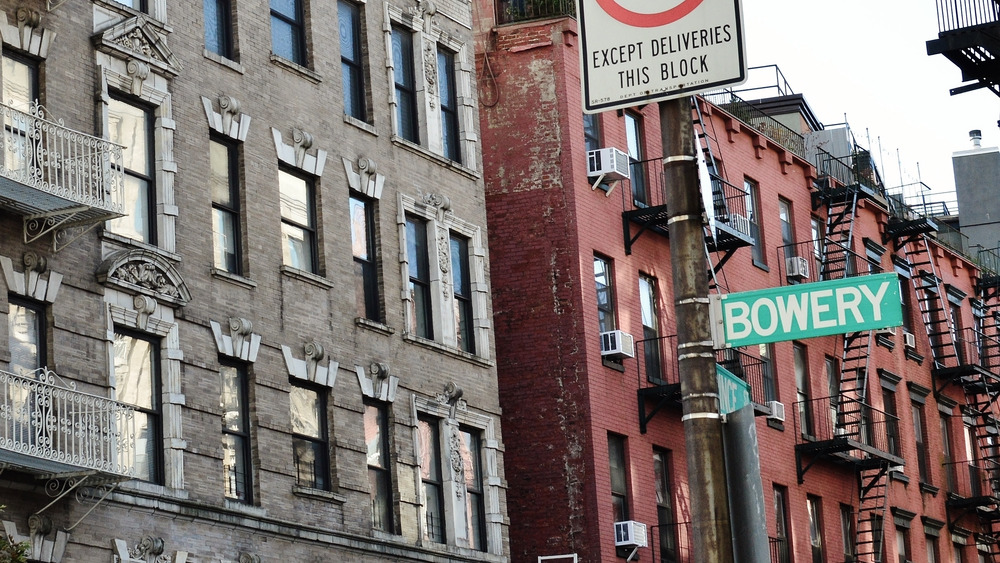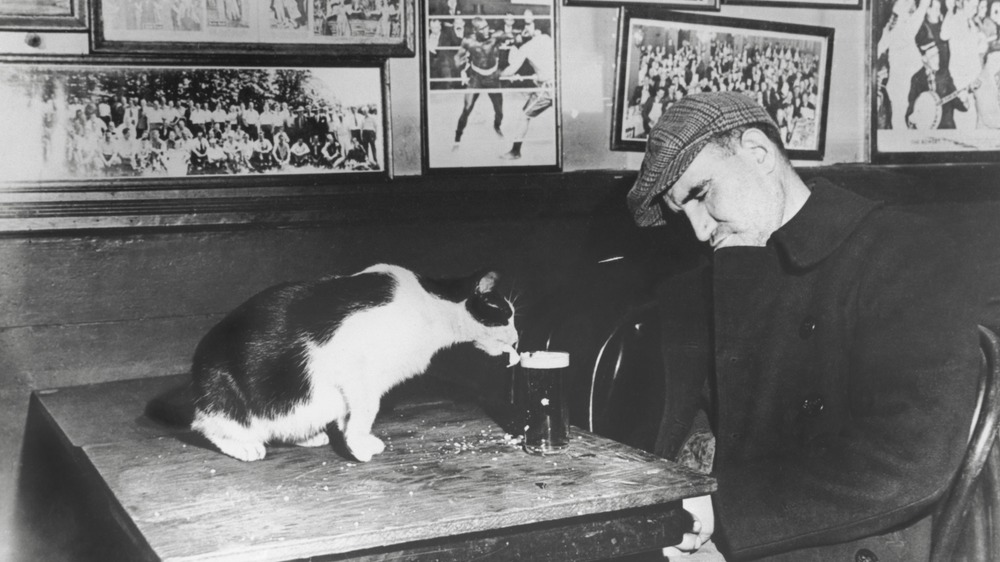The Horrific True Story Of The Skid Row Cancer Study
The United States government and American medical professionals have a long history of using vulnerable people that society tends to overlook for unethical, often dangerous medical experiments. Take the Tuskegee syphilis experiment, for example, when public health researchers allowed Black sharecroppers suffering from syphilis to go untreated for four decades just to see what the disease would do to their bodies. Or the Guatemala syphilis experiment, in which researchers from the U.S. government actually infected inmates and mental health patients in Guatemala with syphilis in order to see if penicillin would cure it — highly unethical research for which President Barack Obama apologized in 2010, according to Reuters.
If you're keeping a count, here's another one to add to your list: the Skid Row cancer study. In the 1950s and '60s, a Columbia University medical researcher named Dr. Perry Hudson needed subjects to try out his experimental methods for diagnosing prostate cancer, but he had trouble finding men willing to let him do the things he wanted to do. So he turned to the down and out, men with no other options and who society wouldn't miss: alcoholics living in flophouses on the Bowery, then New York City's Skid Row. His experiments have been criticized as unethical and unthinkable by modern medical professionals and historians.
Participants in the Skid Row Cancer Study were unaware of the risks to their health
According to The New York Times, Dr. Hudson offered the men a free, clean place to stay and three square meals a day, as well as free medical treatment were they found to have prostate cancer, in exchange for letting him treat their bodies like guinea pigs. What he didn't tell them was that he was going to take a fairly large chunk of their prostates out for biopsies, and that the process could result in incontinence, impotence, and rectal tears. Many even had their testicles removed completely, diminishing their sex drive, muscle tone, and stamina. Estrogen was also administered to some of the participants, increasing their risk of heart attack and stroke.
Medical historians have harshly criticized what Dr. Hudson did with the financial backing of the National Institutes of Health, but back then none of his colleagues seemed to have a problem with what he did. "It was an entirely different era," he said. Although he went to his grave in 2017 believing that his treatments did some good, the Skid Row cancer study resulted in very little credible data. Maybe that's because he ran it more like a mad scientist already convinced of his conclusion than a legitimate researcher, for Dr. Hudson left out a basic element of scientific studies. He didn't even use a control group.

